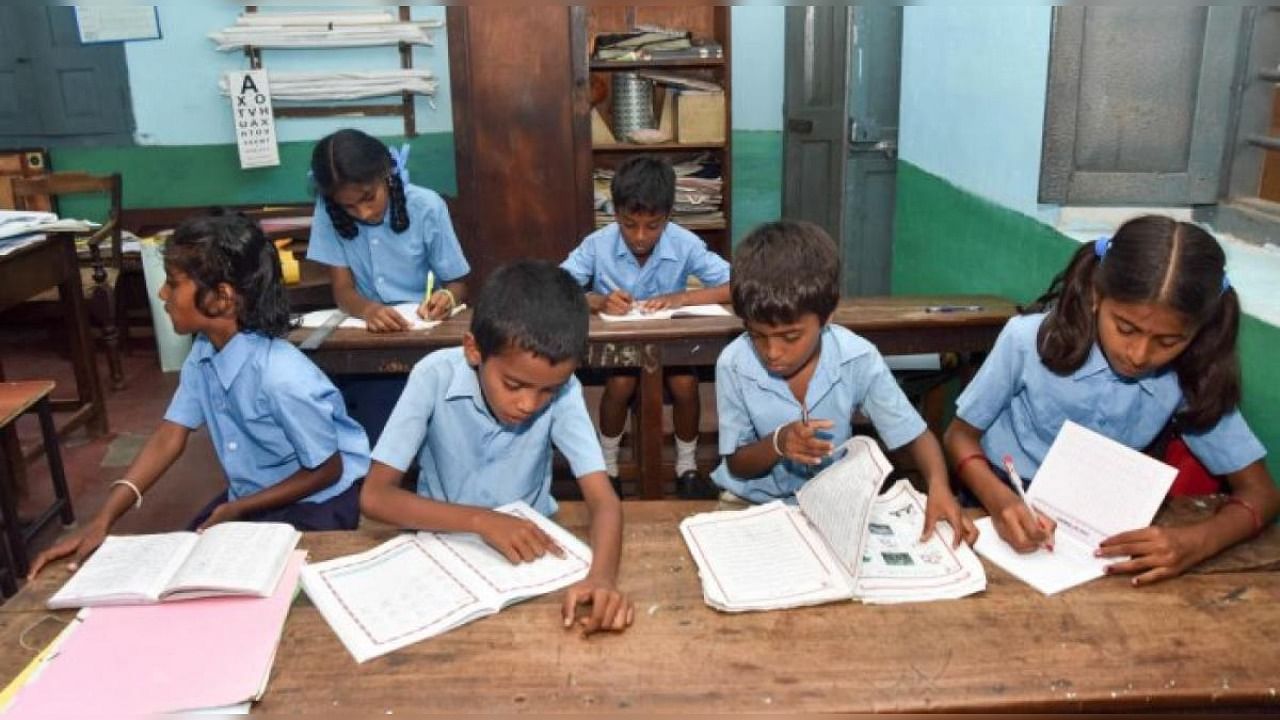
In late August, carbon dating results for the material recovered from the archaeological excavations done in Sivakalai revealed that the Porunai river/Thamirabarani civilisation probably dates back to 3,200 years ago. This discovery indicates the presence of urban Dravidian civilisation in 1200 BCE.
Such a revelation enables us to recognise a thriving society, with substantial connections to the Indus Valley civilisation. It enables us to contend in more material terms with who we are, and where we come from. The promise that Thamirabarani gives to our history classrooms is immense and can alter the course of teaching Indian history in school.
Footnotes in history
The discoveries at Sivakalai, and the other sites, including Adichanallur and Korkai, illustrate that a secular and urban civilisation, that had extensive literacy, sophisticated tools, and technologically advanced practices existed in these historical sites. V Arasu suggests that this advances a grave threat to the RSS’ construction of Indian history, which paints our past as a story of a glorious Hindu and Vedic order.
In the current moment, as the crucial question of dismantling global Hindutva animates the debates of academics and activists, it becomes necessary for history teachers to tell that story of human development, and illustrate the instance of a non-Brahminical social order like in Thamarabarani.
On account of these radical findings, the excavations encountered considerable challenges from the Centre. For instance, in March 2017, the superintending archaeologist Amarnath Ramakrishna of the Keezhadi site was abruptly transferred by the Archeological Survey of India (ASI), disrupting the excavation efforts. The importance of the discovery lies in the acute discomfort that the study of history causes to the reactionary ruling forces.
Thus, the practice of scientific discovery within the history classroom can play an important role in resisting the hegemonic control of the powerful over historical knowledge, also indicating the potential for resistance that can be imbued within the history curriculum.
Our history curricula remain greatly fragmented today, with a sporadic and inadequate mention of the diverse histories and communities in South Asia. National history has largely been subsumed by North Indian history, and ancient history has largely been conflated with the Indus Valley Civilisation. History classrooms largely shun the margins – barely paying mention to the struggles of working people, movements of women, and resistances of oppressed caste groups.
By unearthing artefacts that date back to over 3,200 years at Sivakalai, our conceptions of ancient human civilisation are challenged. The discoveries of Thamirabarani allow students to ask what constitutes human civilisation, and gain answers in their immediate locality, making the study of history more personal and intimate.
Tamil Nadu Chief Minister Stalin recently announced that the state government would set up a museum for the archaeological artefacts uncovered at Sivakalai, and the other sites. This is an important step in the current moment, in which historical inquiry is under siege.
With the absolute distortion of the history curriculum through its saffronisation and the continued disregard of the importance of Dravidian history, memory in the Indian public sphere is being shaped by communal forces. The recent efforts at renovation in the Jallianwala Bagh, including the introduction of a light and sound show, indicate the profound disrespect of the ruling class towards the scientific exploration of history, and people’s practices of remembering.
Protecting the material heritage of human history is indispensable for the democratic project. The civilisational remains at Sivakalai show us the irresistibility of the forward motion of history, despite its zig-zag movement. It allows us to remember seriously the progress of human society, in advancing the forces of production and imbibing the practices of creativity and science. Discoveries of ancient civilisation in Sivakalai can therefore fill our imaginations with the new possibilities that tomorrow holds.
(The writer is a student at Jindal Global Law School)